This article is an effort to discuss SQL Cast and SQL Convert functions as a follow-up to previous articles, in which we’ve discussed several SQL tips such as SQL Date, SQL Coalesce, SQL Union, SQL Join, SQL Like, SQL String etc.
Read more »
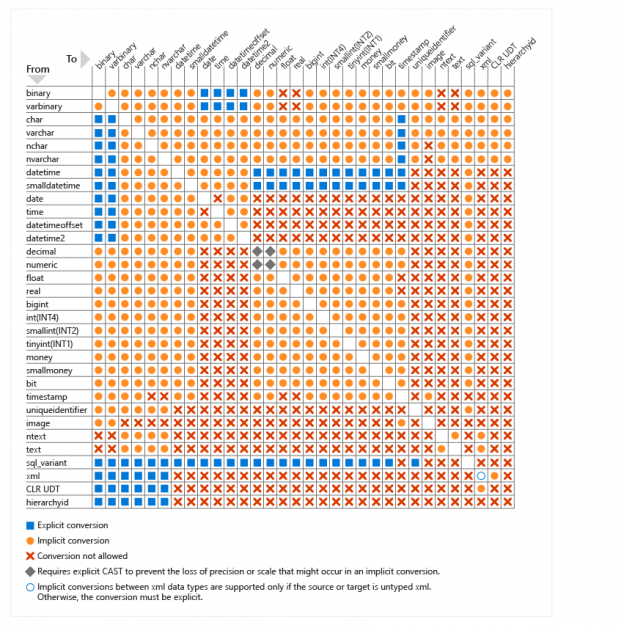


This article is an effort to discuss SQL Cast and SQL Convert functions as a follow-up to previous articles, in which we’ve discussed several SQL tips such as SQL Date, SQL Coalesce, SQL Union, SQL Join, SQL Like, SQL String etc.
Read more »
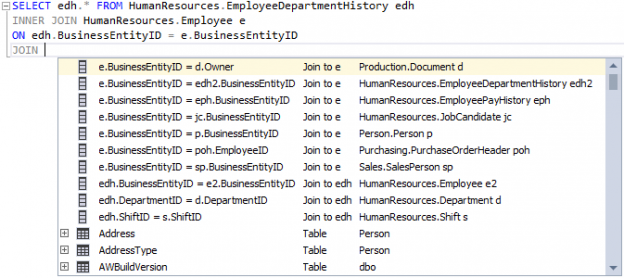
A SQL Join clause is put within a Select statement and at the end, it’s given a join condition, which tells the database how to fetch your data. The column specified within the join condition must be preceded by a table name if the column name is the same in both tables. When a column is preceded with a table name, it’s known as a qualified column.
Read more »
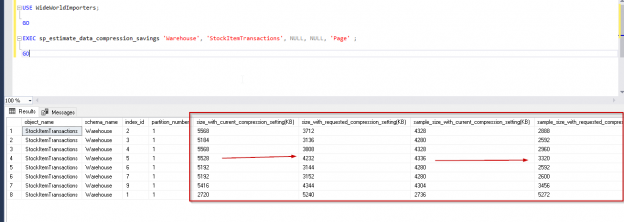
Data compression is required to reduce database storage size as well as improving performance for the existing data. SQL Server 2008 introduced Data compression as an enterprise version feature. Further to this, SQL Server 2016 SP1 and above supports data compression using the standard edition as well.
Read more »
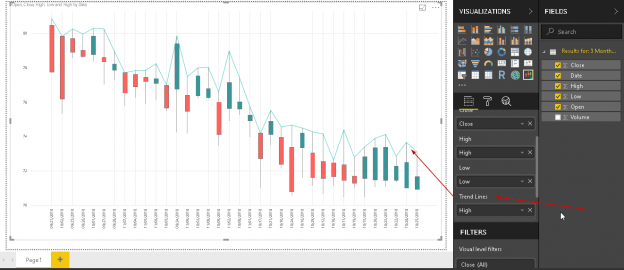
Candlestick chart for stock data analysis in Power BI Desktop
Power BI Desktop contains a wide range of custom visualizations which helps to represent and analysis of the data with extensive formatting options. You can effectively showcase your data and save time as well by creating complex data chart with simple configuration options.
Read more »
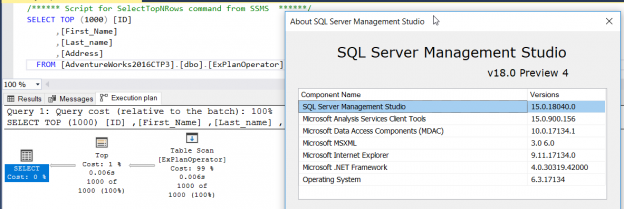
This article will provide an overview of the SSMS 18.0 with particular focus on improvements to the SQL execution plan feature. To work with Microsoft SQL Server Database Engine, you need to have an environment to edit, debug and deploy scripts written in different languages such as T-SQL, DAX, MDX, XML and JSON. In addition, you need a GUI tool that helps you to configure, query, monitor and administrate your SQL Server instances wherever they are hosted; locally at your machine, on a remote Windows or Linux server or in the cloud. All this can be achieved using SQL Server Management Studio aka SSMS.
Read more »

The SQL Like is a logical operator that is used to determine whether a specific character string matches a specified pattern. It is commonly used in a Where clause to search for a specified pattern in a column.
Read more »
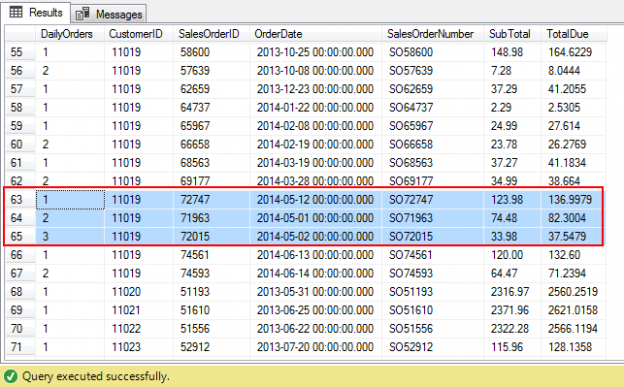
In this article, we’re going to discuss the SQL ROW_NUMBER function. This is a continuation of the SQL essential series. In this guide, I’ll explain what a window function is all about, and you’ll see sample examples to understand the concepts behind the SQL ROW_NUMBER function.
Read more »

SQL Server 2019 has a rich set of enhancements and new features. In particular, there are many new feature improvements in the database engine for better performance and query tuning.
Read more »
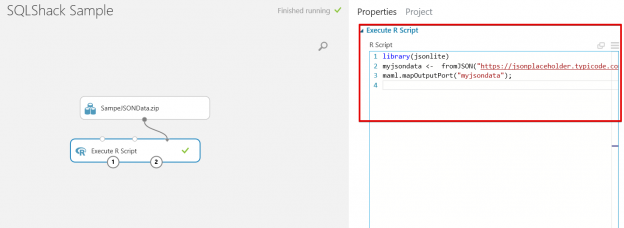
Azure Machine Learning (also known as Azure ML) is cloud-based machine learning solution of Microsoft. Microsoft Azure Machine Learning is a fully-managed cloud-based service that provides the ability to create and train predictive analytic solutions. Another advantage of Azure ML is that you can access and easily make changes anywhere in machine learning models with help of Microsoft Azure Machine Learning Studio.
Read more »
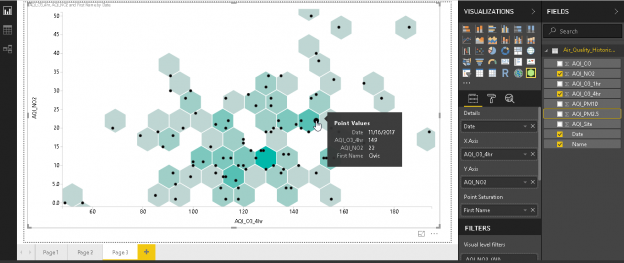
We have explored useful visualizations in Power BI Desktop with my previous articles that covered:
Read more »
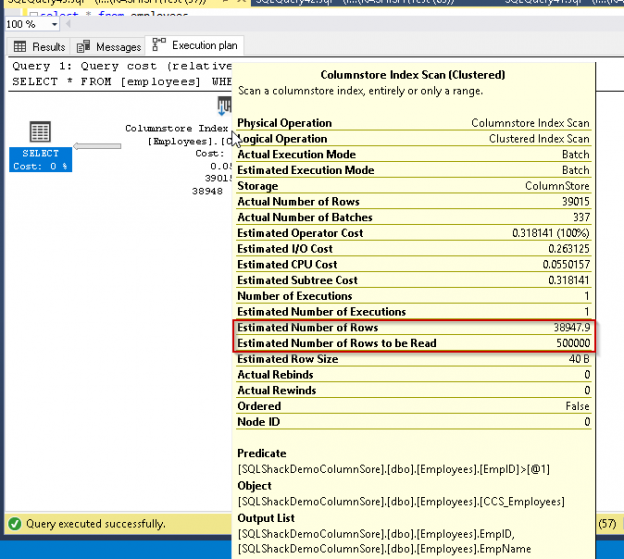
SQL Server was launched in 1993 on WinNT and it completed its 25-year anniversary recently. SQL Server has come a long way since its first release. At the same time, Microsoft announced a preview version of SQL Server 2019. SQL Server 2019 provides the ability to extend its support to big data, Apache Spark, Hadoop distributed file system (HDFS) and provides enhancements to database performance, security, new features, and enhancements to SQL Server on Linux.
Read more »
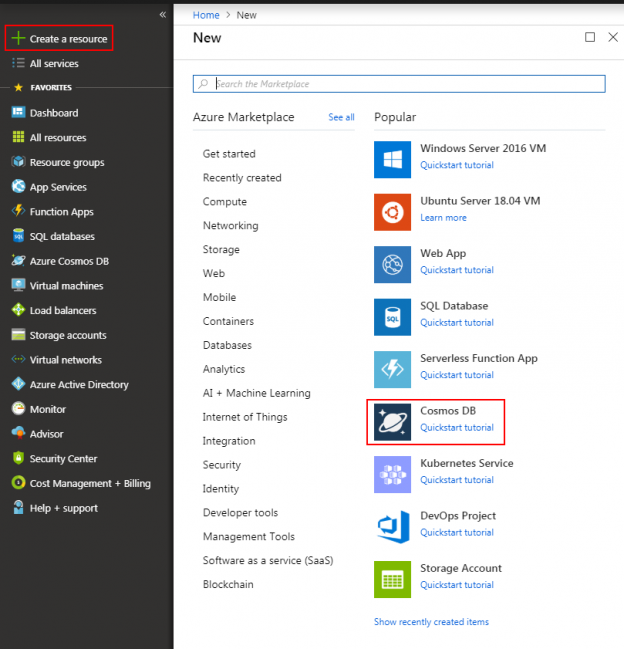
In the previous article on Azure Cosmos DB, we reviewed NoSQL concepts and how to integrate with the Microsoft Azure platform-as-a-service model using the API. After working as a database engineer for over a decade, I feel that this technology is the future for many organizations for various reasons. I had that in mind as I wrote this article which will provide basic information and help you to get started with MongoDB API integration. The MongoDB API works with BSON documents. BSON is MongoDB’s binary-encoded-version of JSON, and it extends the JSON model with additional language feature support. It’s a great effort from Microsoft to build the enterprise solutions which provide flexibility in manage distributed data along with scalable option.
Read more »
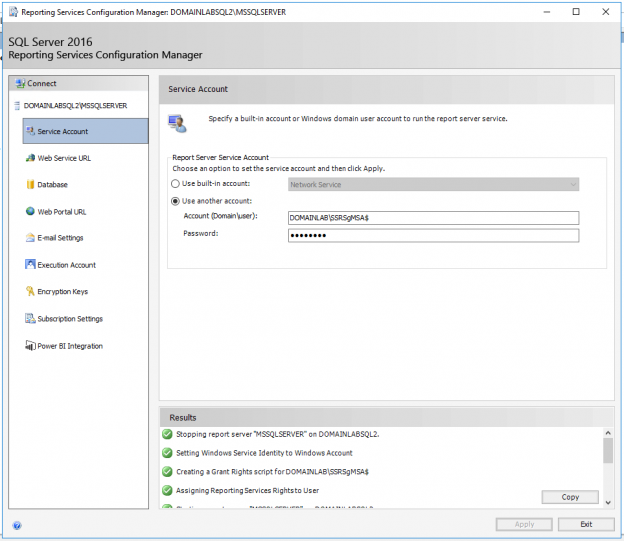
In this article, we will explore the functionality to secure reporting Services with Group Managed Service accounts ( GMSA)
Read more »
In my last articles on Power BI Desktop (see the index at the bottom of the article), we have explored that Power BI has a rich set of visualizations. We can present data using various custom visuals available from Microsoft AppSource. These visuals are available free to download and use it as per our requirements.
Read more »
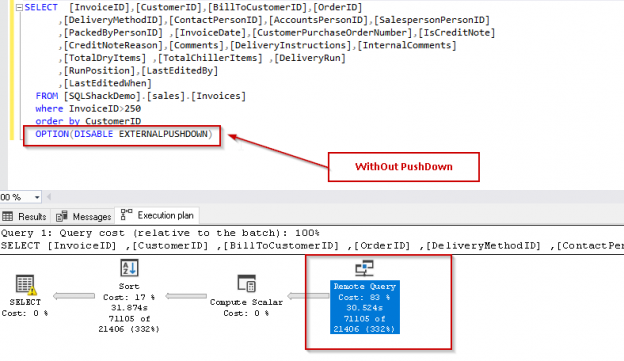
This article is part 4 of the series for SQL Server 2019 Enhanced PolyBase. Let quickly recap the previous articles.
Read more »
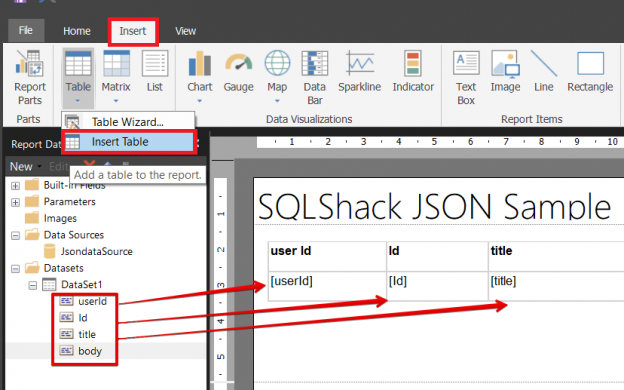
In this article, we will explore the concept of using JSON data in SQL Server Reporting Services (SSRS). This usage concept will include a different approach than the usual methodologies because we will take advantage of SQL Server R service support.
JSON is an abbreviation for JavaScriptObjectNotation. The main purpose of JSON data was to provide data transfer between server and web applications for JavaScript but today’s JSON is the most popular data interchange format. JSON offers two advantages to us. These are; light-weight text based format easily readable by humans. Currently, JSON is not only used in JavaScript applications, it is also used in all popular software programing languages like JavaScript, C++, C#, Perl, Java, Python, Php etc.
Read more »
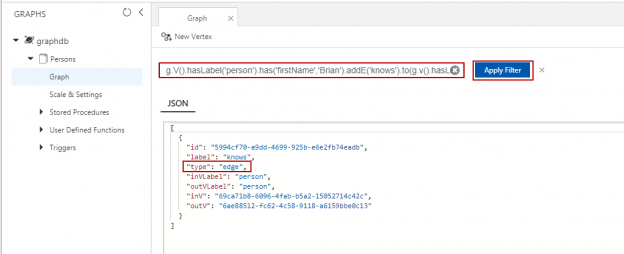
In my previous article, I’ve discussed a lot about the Graph database implementation with SQL Server 2017. In this case, we’ll see a walk-through of Graph API integration with Azure Cosmos DB.
Before we jump into the concepts though, let’s take a high-level overview of NoSQL databases. A NoSQL database is designed in such a way that no extra efforts are needed for the database to be distributed because NoSQL Database designed that way.
Read more »
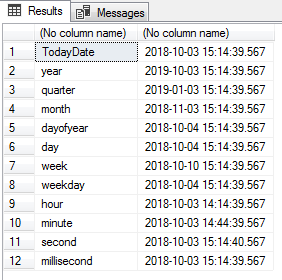
SQL date format functions like the DateDiff SQL function and DateAdd SQL Function are oft used by DBAs but many of us never took the time to fully understand these extremely useful features. For professionals just getting started with SQL Server, these functions are some of the first to become familiar with. So hopefully this article will have a little something for everyone across the skill spectrum
Read more »
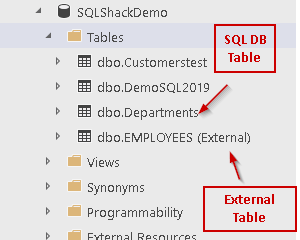
In this article on PolyBase, we will explore more use case scenarios for external tables using T-SQL.
Read more »
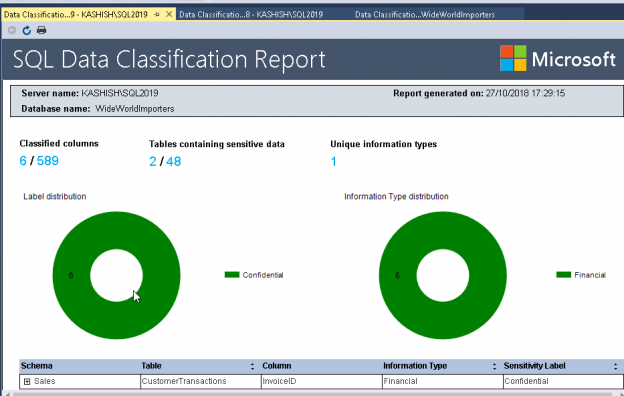
SQL Server 2019 offers powerful new features to help in safeguarding your data and complying with various privacy regulations, which we’ll be covering in this article
Read more »

In this article, we’ll take a look into SQL truncate improvement in SQL Server 2019.
Data inserts and updates are a normal and regular task for the developers and database administrators as well as from the application. The source of the data can be in multiple forms as if direct insert using T-SQL, stored procedures, functions, data import from flat files, SSIS packages etc.
Read more »
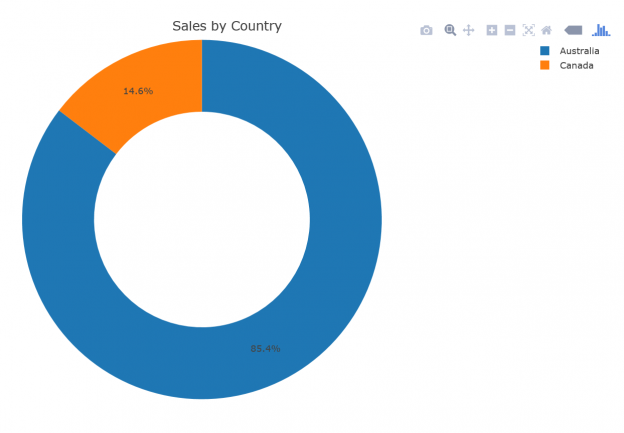
In this article, in the series, we’ll discuss understanding and preparing data by using SQL unpivot.
Read more »
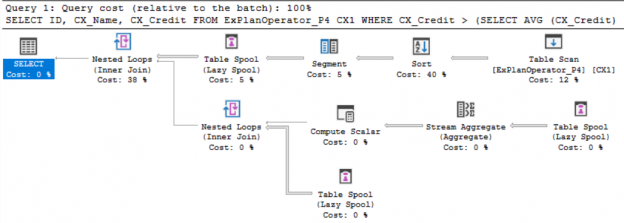
In the previous articles of this series, we went through three sets of SQL Server Execution Plan operators that you will meet with while working with the different Execution Plan queries. We described the Table Scan, Clustered Index Scan, Clustered Index Seek, the Non-Clustered Index Seek, RID Lookup, Key Lookup, Sort, Aggregate – Stream Aggregate, Compute Scalar, Concatenation, Assert, Hash Match Join, Hash Match Aggregate , Merge Join and Nested Loops Join Execution Plan operators. In this article, we will dive in the fourth set of these SQL Server Execution Plan operators.
Read more »
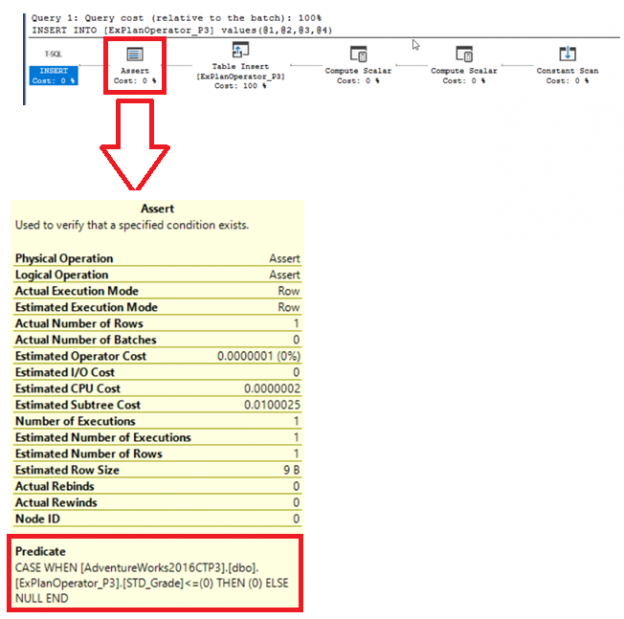
In the previous articles of this series, we discussed a group of SQL Server Execution Plan operators that you will face when studying the SQL Execution Plan of different queries. We showed the Table Scan, Clustered Index Scan, Clustered Index Seek, the Non-Clustered Index Seek, RID Lookup, Key Lookup and Sort Execution Plan operators. In this article, we will discuss the third set of these SQL Execution Plan operators.
Read more »
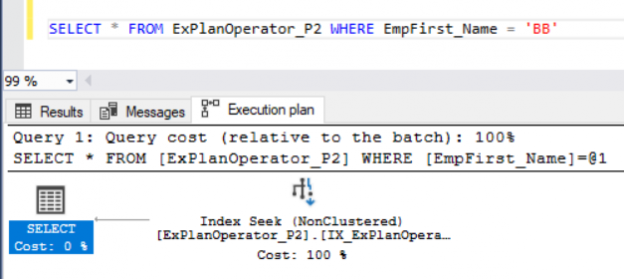
In the previous article, we talked about the first set of operators you may encounter when working with SQL Server Execution Plans. We described the Non Clustered Index, Seek Execution Plan operators, Table Scan, Clustered Index Scan, and the Clustered Index Seek. In this article, we will discuss the second set of these SQL Server execution plan operators.
Read more »© Quest Software Inc. ALL RIGHTS RESERVED. | GDPR | Terms of Use | Privacy